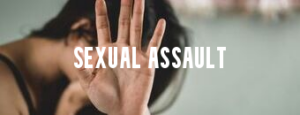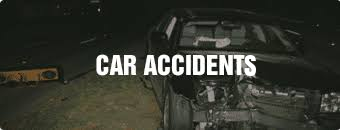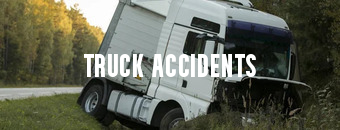- Our Firm
- Personal Injury
-
-
-
Personal Injury Lawyers
-
-
-
-
-
-
Injured in an accident? At Diamond & Diamond, our team of lawyers rely on their reputation in the field and extensive experience in personal injury to provide clients with a dedicated support system over the duration of their case.
-
-
-
-
-
HAVE YOU RECENTLY BEEN INJURED IN AN ACCIDENT?
-
-
-
- Corporate
- Class Action
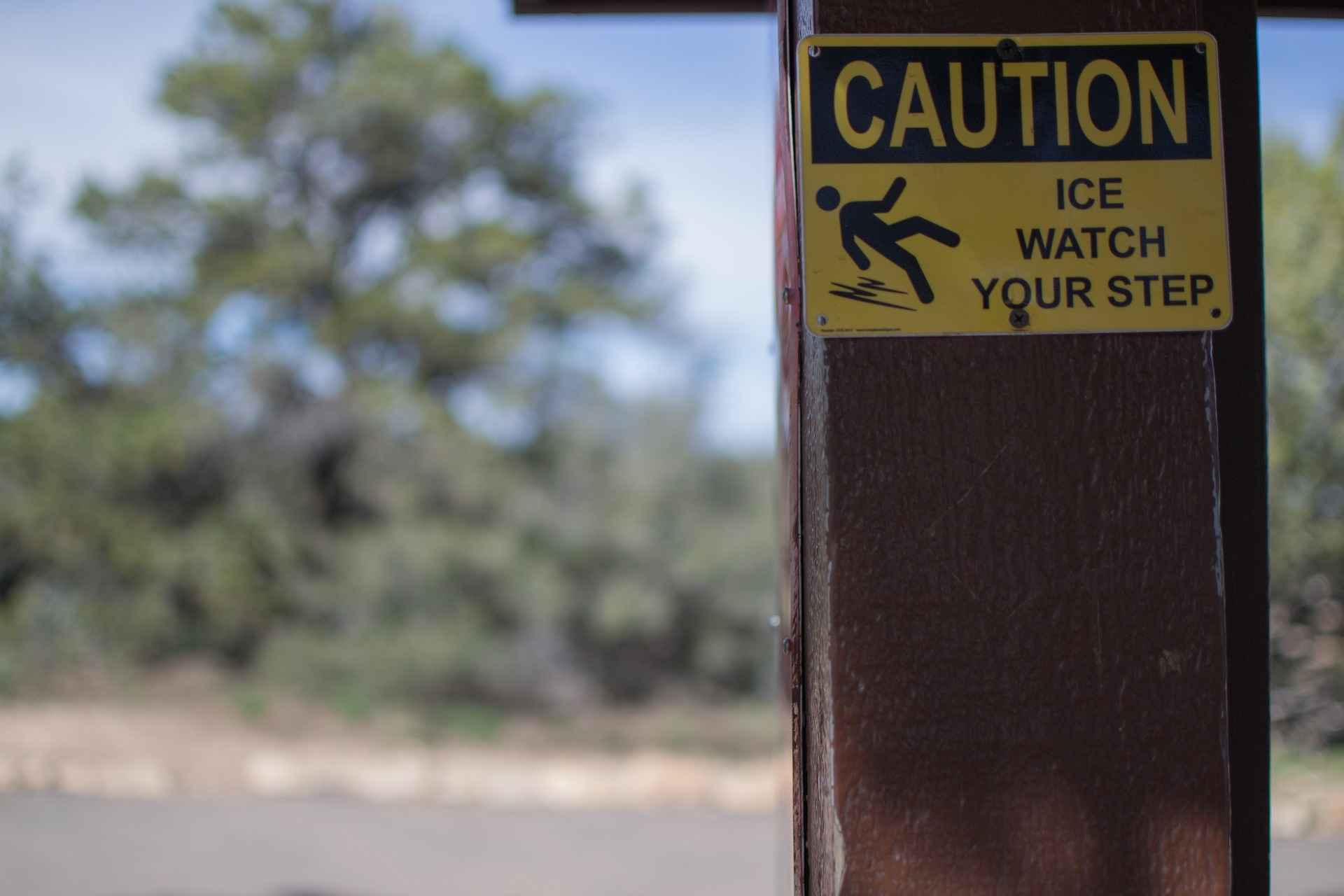
Exploring Slip and Fall Statistics in Canada: A Comprehensive Analysis
Slips, trips, and falls are common occurrences, which often happen because of slippery surfaces, lack of attention, or sheer carelessness. However, slip-and-fall accidents can cause severe injuries to you or a loved one, especially older people, women, and workers. You can seek compensation for serious injuries and losses if it happened because of someone’s negligence.
Let’s explore and analyze slip and fall statistics in Canada.
|
Key Takeaways
|
What is a slip and fall injury?
A slip-and-fall injury happens when someone sustains an injury because they slipped, tripped, tumbled, or fell. Generally, the types of injuries you can sustain are scrapes, head trauma, fractures, sprains, broken bones, and spinal issues.
Slips-and-falls can happen on a flat surface, such as a road, or when you fall down stairs. Defining precisely what a slip and fall accident is tends to involve the circumstances that led to the fall. Some areas where accidents occur include:
- Houses
- Apartment complexes
- Grocery stores
- Retail stores
- Parking lots
- Gyms and restaurants
- Parks and playgrounds
- Workplace
- Sidewalks
Disturbing Statistics
Slip-and-fall accidents rank among the most common property accidents in Canada. The Canadian Institute for Health Information (CIHI) reported 162,222 unintentional slip-and-fall injuries in 2020-2021. This represents nearly two-thirds (59.5 percent) of all injury hospitalizations and emergency room visits for that year.
Most injured persons were between 18 and 64 (102,139), followed closely by people between 65 and 84 (91,380). Disturbingly, 57,835 people over 85 sustained injuries requiring hospital stays for the same period.
These figures are concerning, especially because there were seven million people in Canada over 65 in 2021. Seniors are more likely to sustain more severe injuries from a fall than younger people. They may be unable to get up without assistance, and many sustain fractures that may require surgery.
The risk of falls in older adults isn’t new. A survey of households in 2017-2018 revealed that 5.8 percent of individuals 65 or older reported fall injuries within the past 12 months. More women in this age group sustained injuries than men, and 70 percent sought medical attention. The survey also revealed a 47% increase in fall-related hospitalizations.
Most (52 percent) of unintentional falls resulting in injuries occurred at home, with 17 percent occurring in a residential care facility. Thirty-four percent involved hip fractures, with most (49 percent) occurring in a residential care facility compared to those in the home (31 percent).
The costs are also quite concerning. The latest data shows that falls for older people resulted in $2 billion annually in direct healthcare costs. On average, seniors spend 10 days longer at the hospital than for any other reason, and more than 35 percent need long-term care after a fall. Moreover, fall victims often experience chronic pain and reduced mobility, leading to a loss of independence.
Common Causes of Slip-and-Fall Accidents in Canada
Given the prevalence of slip-and-falls and their impact on physical and financial health, it’s best to prevent them. The first step in formulating fall prevention programs is to discover the common causes.
According to Statistics Canada, slips and falls occur most frequently due to the following causes:
- Snow and ice
- Spilled liquids and foods
- Oil slicks and other slippery substances
- Moss or other buildups on pavement
- Recently mopped or waxed floors
- Leaking pipes, refrigerators, or freezers
- Water, mud, or plant debris tracked in from outside
- Broken and uneven pavement
- Broken stairs and handrails
- Loose flooring
- Visual obstructions
- Low lighting
- Torn carpet or rugs
- Transitions between different flooring surfaces and levels
Slipping, tripping, or stumbling on a non-icy surface was the leading cause of injury. Slipping on ice or snow also accounted for a substantial share of falls and was especially dangerous among seniors. In males younger than 65, over one-fifth of falls causing serious injuries involved high-velocity sports: skating, skiing, snowboarding, in-line skating, or skateboarding.
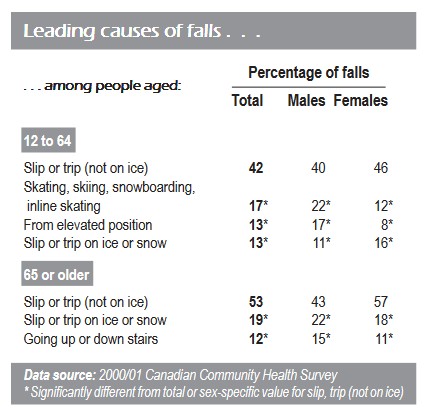
Another study confirms that women had higher rates of fall-related injuries than men. While fractures were the most common injury for both sexes, they also suffered head injuries, traumatic brain injury (TBI), muscle and tendon injuries, open wounds, and internal injuries. Therefore, preventing fall injuries must address situations involving women and those aged 80 years and older.
Work-Related Statistics
The most recent data from the Association of Workers’ Compensation Boards of Canada (AWCBC) shows that the leading reasons for lost-time claims in 2017 were bodily reaction, exertion (102,355), and contact with objects and equipment (60,027). The third leading cause was STFs, with over 48,000 claims across Canada, resulting in 63 deaths.
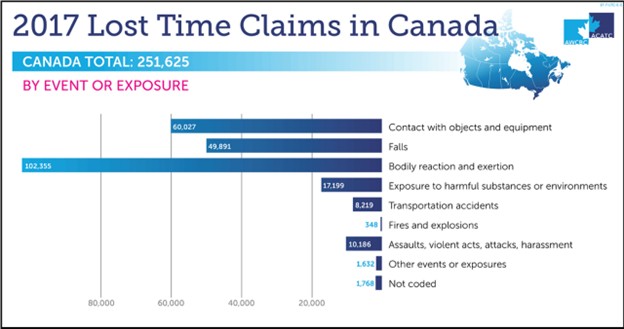
The frequency of STFs and the severity of injuries at a worksite depends on several factors, such as general hazards, worker awareness, mitigation of identified risks, and housekeeping. Another critical element is worker perception of STFs. If they don’t see them as significant, then you might have a potentially big problem just waiting to happen.
AWCBC found that most (67 percent) falls occur on the same level (meaning, on a flat surface). Slips typically occur when there is insufficient traction between the surface and footwear, such as:
- Flooring or walking surfaces with varying degrees of friction
- Loose, unanchored rugs or mats
- Occasional spills
- Weather hazards
- Wet or oily surfaces
On the other hand, trips happen when a person’s foot strikes an object, causing them to lose balance. Frequent causes of tripping include the following situations:
- Obstructed view
- Clutter in your way
- Poor lighting
- Wrinkled carpeting
- Bottom drawers not being closed
- Uncovered cables
- Uneven (steps, thresholds) walking surfaces
Analysis of Slip-and-Fall Statistics in Canada
Statistics indicate that slip-and-fall accidents are largely preventable. People over 65 are more likely to slip and fall than younger people because of their physical limitations. Most of these accidents happened in the home or at a residential care facility, indicating that there might be a lack of reasonable accommodation for seniors. Residential care facilities should make it less likely for seniors to slip and fall, like strategically placed handrails, anti-slip floors, and lower-level living spaces.
People between 18 and 64 also represent a substantial percentage of slip-and-fall accidents in the home or the workplace. In many cases, these incidents happen because the employer, property owner, or occupier failed in their responsibility to maintain their premises. When someone else’s negligence caused the accident, you should be compensated for your injuries.
Preventing Falls in the Home and Workplace
Slips and trips typically result from accidental or sudden changes in the interaction between your feet and the walking surface. Good housekeeping, quality of walking surfaces, selection of appropriate footwear, and suitable walking pace are all important in preventing slips and falls.
Housekeeping
A fundamental practice for fall prevention is good housekeeping, which includes the following:
- Always closing file cabinets or storage drawers
- Cleaning all spills immediately
- Covering cables that cross walkways
- Keeping work areas and walkways well-lit
- Mopping or sweeping debris from floors
- Marking spills and wet areas
- Eliminating obstacles from walkways, keeping them free of clutter
- Replacing used light bulbs and faulty switches
- Securing mats, rugs, and carpets by taping them, etc.
Even with sophisticated flooring, specialty footwear, and safety training, the lack of good housekeeping practices can impact the effectiveness of these preventive measures.
Flooring
Modifying walking surfaces is a great way to prevent slips and falls. This includes replacing floors, recoating surfaces, installing mats, and adding pressure-sensitive abrasive strips. Metal or synthetic decking may also increase safety and minimize the risk of falling.
An additional benefit of non-slippery surfaces is that it minimizes foot fatigue. However, keep in mind that high-tech flooring still needs good housekeeping.
Footgear
Proper footgear is important in workplaces with frequently oily or wet floors or where workers spend most of their time outdoors. However, selecting the correct footgear might be challenging, as there is no one-size-fits-all solution. Consult manufacturers for assessments and recommendations for the appropriate footgear for specific conditions.
Suitable walking pace
Another way to reduce the risk of accidents is by being situationally aware. When you see that the floor is wet, you should be careful. Adjust your walking pace to the conditions of the surface and your tasks. You should also point your feet slightly outward when walking and make wide turns at corners.
You can avoid tripping by keeping the halls and walkways free of clutter and the floors in good condition. Ensure the work area is well-lit, and use a flashlight when a site is dark or poorly lit. Always make sure that you have a clear view of where you’re going so that you can see if it’s free from spills and obstructions.
What To Do in a Slip-and-Fall Accident
Most STF accidents occur at home. In these cases, the government will foot your medical bills. Canada has free public health cards that you can access through your province or territory. You need to show your health card to the emergency department, hospital, or doctor so that you can get medical attention.
However, suppose you suffer injuries from a slip-and-fall accident in Toronto while you were on someone else’s property. In that case, you should take the following steps:
- Inform the property owner or occupier about what happened
- Document the accident scene through photos or videos to show why the accident happened
- Keep or photograph the clothing and footwear you wore
- See a doctor as soon as possible to document and treat your injuries
- Follow the doctor’s instructions and recommendations
- Consult a slip-and-fall lawyer to discuss your legal options so that you can get compensation
You’ll need to follow these steps to file a personal injury claim against the occupier or property owner. A slip-and-fall lawyer will assist you in the legal process.
What is the legal liability for slips and falls?
The occupier or property owner has a legal obligation to ensure that the premises are free from hazards. For example, if you enter a hotel and trip on an unsecured carpet in the lobby and break your hip, the hotel may be liable for your injuries and losses.
The same applies to homeowners and tenants. You must make sure that your guests are safe when they’re on your property. You may also be liable to passersby if they sustain injuries because of the condition of your driveway or walkway. Walking surfaces on your property must be free of snow, black ice, and debris. Tenants may also share liability with the landlord for these injuries.
Negligent slip-and-fall accidents include the following scenarios:
- Slips on an unshoveled driveway
- Trips on a skateboard hidden under clutter or unkempt tree roots in the backyard
- Trips over a loose nail in the floorboards
Slip and Fall Insurance Claims Process
Most commercial establishments and property owners have liability insurance to cover injuries that result from their own negligence. A law firm in Ontario representing the injured party will typically send a statement of claim to start the insurance claims process. This will include a summary of the incident, injuries, the damages claimed by the victim, and highlight how the defendant was negligent.
The lawyer’s role is to prove that the defendant owed the injured party a duty of care and that they breached that duty, which shows that they were negligent. They’ll also claim compensation based on financial losses and pain and suffering. While the lawyer prepares to file a civil action in court, they may negotiate a settlement with the insurance company.
Financial compensation for losses from slip-and-fall injuries may include, but isn’t limited to:
- Medical treatment and rehabilitation expenses
- Lost wages
- Loss of future earning potential
- Physical pain and emotional distress
- Loss of quality of life

Did you know?
The Public Health Agency of Canada states that reported fall injuries for older Canadians are about half that of Americans. The percentages are 5.8 for Canadians and 10.2 for Americans.
The Legal Implication of Slip and Fall Statistics in Canada
Slip, trip, and fall accidents can happen to anyone. While they may happen because of a variety of factors, that’s not always the case. Many incidents occur because businesses, property owners, and occupiers fail to maintain their premises. They have a duty of care to make sure that no one on their premises gets hurt. If, however, someone is injured, they may be held liable.
If you or a loved one were injured in a slip-and-fall accident in Ontario or Alberta due to someone else’s negligence, you should consult a Diamond and Diamond Lawyer to explore your legal options. They can help you collect evidence, prepare documents, and manage the legal process of an insurance claim or a personal injury lawsuit. They’ll make sure you’re compensated for your injuries.
Book a free consultation today!
Proving negligence in a slip-and-fall accident is not an easy task. You need the experienced team of Diamond & Diamond Law to help you get compensation.
Need a Lawyer?
We are here 24/7 to address your case. You can speak with a lawyer to request a consultation.
1-800-567-HURTGet started with a free consultation
OUR TEAM
- Ishmeet Sandhu
- Nolan Bachmann
- Annamarie Demaj
- Jeffrey Hum
- Tofunmi Adeyeye
- Alessia De Gasperis
- Amandeep Chawla
- Jeremy Tsoi
- Kimiya Razin
- Shir Zisckind
- Gray Sinden
- Shelly Bard
- Christian Brown
- Daly Canie
- Tanveer Sohal
- Prianka Virdi
- Noah Brownstone
- Justin Kaminker
- Harinder S. Bhatti
- Craig Yargeau
- Kiran Birk
- Amit Singh
- Andrei Teju
- Maria Zahid
- Matthew Douglas
- Jacob Elyk
- Harry Gill
- Kristina Olivo
- Egi Bano
- Cam Woolley
- Charles Thompson
- Alexandra McCallum
- John Sime
- Allan Cocunato
- Patrick Poupore
- Erika Henderson
- Marina Korshunova
- Brandon Handelman
- Regeena Alapat
- Ryna Kim
- Natalia Poliakova
- Isaac Zisckind
- Manpreet Bhogal
- Mathura Santhirasegaram
- Nikolai Singh
- Sandra Zisckind
- Jeremy Diamond
- Michael Blois
- Darryl Singer
- Nadia Condotta
- Tinashe Madzingo
- Megan Armstrong
- Veronica D’Angelo
- Corey J. Sax
- Scott Tottle
- Steven Wilder
- TJ Gogna
- Jillian Carrington
- Joshua Himel
- Simon Diamond
- Cory Rubin
- Simon Mariani
- Brandon Greenwood
- Basil Bansal
- Nastassia Ivanova
- Tania Fleming
- George Laloshi
- Patrycja Majchrowicz
- Diana Iakossavas
- Dior Africa
- Alex Ragozzino
- Liana Saccucci
- Richard J. Chang
FAQs of Slip and Fall Statistics in Canada
What is the average cost of a workplace slip, trip, or fall in Canada?
A slip, trip, or fall incident has an average direct cost of $3,500 and up to $21,000 in indirect costs. These include worker and equipment replacement, downtime, legal expenses, and other expenditures.
How many Canadians die from falls?
The fall-related mortality rate was 86.4 per 100,000 Canadians in 2019. Women and people over 80 have higher mortality rates than any other group.
How many workers are injured in Canada annually from slips, trips, and falls?
A Canadian Centre for Occupational Health and Safety report states that about 60,000 workers are injured annually due to slips, trips, and falls. This represents about 15 percent of all time-loss injuries accepted by workers’ compensation boards or commissions nationwide.
NEED A LAWYER? CONTACT OUR TEAM TODAY
Chat Now
OR CALL NOW FOR A FREE CONSULTATION
 1-888-INFO-LAW
1-888-INFO-LAW
Head Offices
Main Offices
Barrie
Main Office
168 Bayfield Street
Calgary
Main Office
1331 Macleod Trail SE, Suite 645
Edmonton
Head Office
4246 97 Street NW, Unit 103
Halifax
Consultation Office
1701 Hollis St
London
Main Office
256 Pall Mall St, Suite 102
Oshawa
Consultation Office
50 Richmond Street E, Unit # 108 B
Ottawa
Main Office
955 Green Valley Crescent, Unit 315
Sudbury
Main Office
31 Larch Street, Unit 300
Timmins
Main Office
120 Cedar Street South, Unit 002A
Toronto
Head Office
255 Consumers Road, 5th Floor
Vancouver
Head Office
1727 West Broadway, Suite 400
Windsor
Main Office
13158 Tecumseh Rd. E. Unit 3B
Additional Areas Served
Ontario
- Ajax
- Alberta
- Aurora
- Barrie
- Belleville
- Bowmanville
- Brampton
- Brantford
- Brockville
- Bracebridge
- Bradford
- Burlington
- Burnaby
- Calgary
- Chatham
- Cobourg
- Collingwood
- Cornwall
- Durham
- Edmonton
- Elliot Lake
- Etobicoke
- Georgetown
- Guelph
- Hamilton
- Huntsville
- Kanata
- Kelowna
- Kingston
- Kitchener
- Leamington
- London
- Markham
- Milton
- Mississauga
- Muskoka
- Niagara Falls
- Newcastle
- Newmarket
- North Bay
- North York
- Oakville
- Orangeville
- Orillia
- Oshawa
- Ottawa
- Owen Sound
- Parry Sound
- Perth
- Peterborough
- Pickering
- Prince Edward County
- Richmond
- Richmond Hill
- Sault Ste Marie
- Sarnia
- Scarborough
- St. Catharines
- St. Thomas
- Stouffville
- Sudbury
- Surrey
- Thunder Bay
- Timmins
- Toronto
- Uxbridge
- Vancouver
- Wallaceburg
- Waterloo
- Welland
- Whitby
- Windsor
- Woodstock



